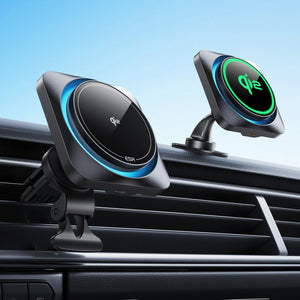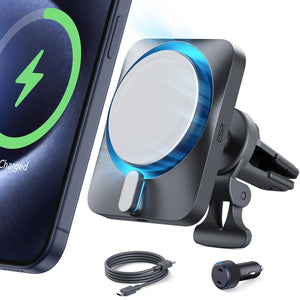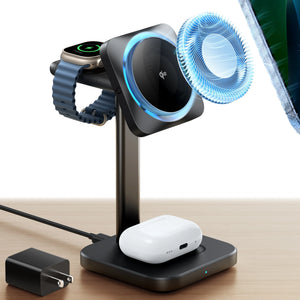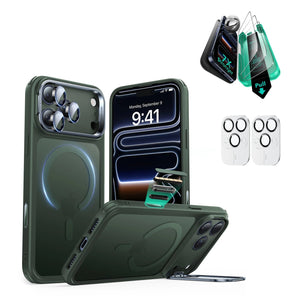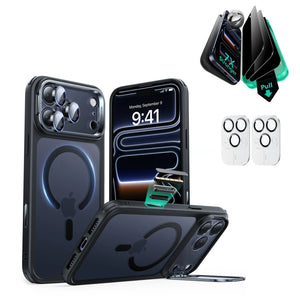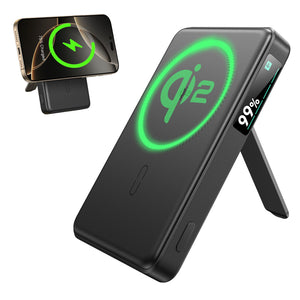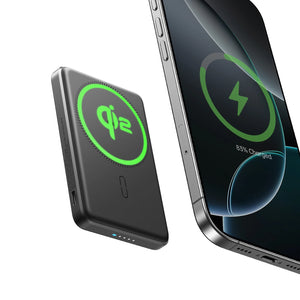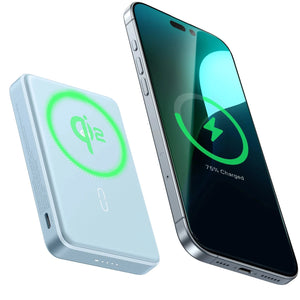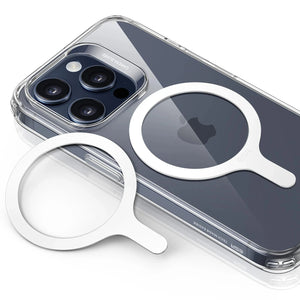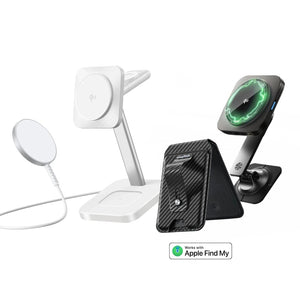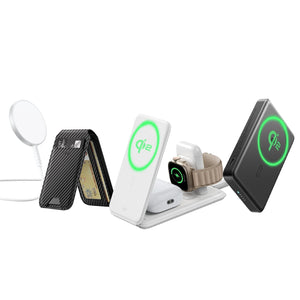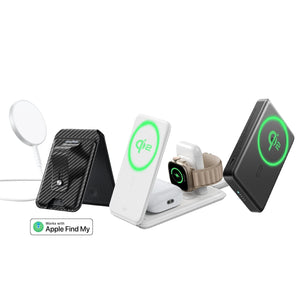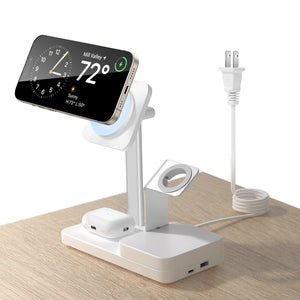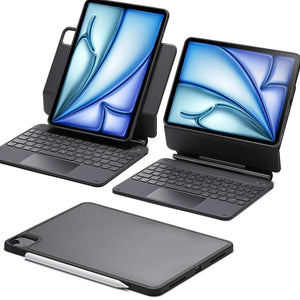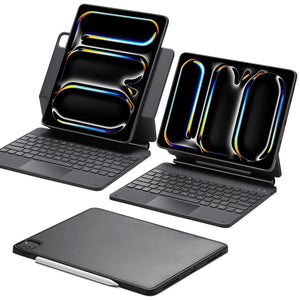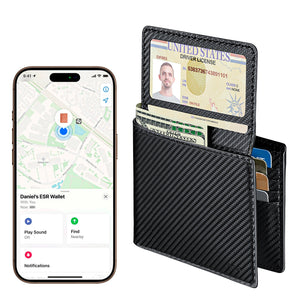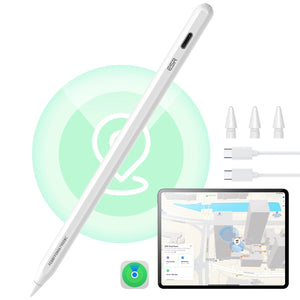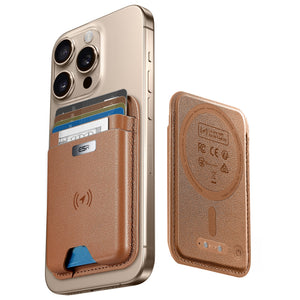AirPods are popular for their quick pairing and seamless switching. However, when they suddenly stop appearing on your Mac or fail to connect to your iPhone, that convenience quickly fades away.
Many users encounter issues due to Apple ID restrictions, outdated Bluetooth settings, or incorrect connection methods for their specific AirPods model.
This article aims to help you enjoy your AirPods. You will learn how to connect them to any Apple device without any hassle. We will explain the best ways to pair your AirPods, especially if all your devices are using the same Apple ID. You'll find straightforward solutions for your MacBook, iPhone, iPad, and more. By the time you finish reading, you'll know how to avoid any issues with pairing your AirPods and experience the smooth, seamless connection that Apple devices provide.

How do I pair with my AirPods?
Device Requirements and Checks for a Successful AirPods Setup
The Easiest Connection Method: Automatic Pairing via Apple ID
How Can You Connect AirPods to a Mac or MacBook
How to Connect AirPods to an iPhone/iPad
AirPods Case Protection Importance
Device Requirements and Checks for a Successful AirPods Setup
Before you connect your AirPods to your Apple device, see the requirements below. You need to check the model before connecting.
1. AirPods Model: To identify your AirPods model, open the case and read the printed model number, or check the connected devices in your Bluetooth settings.
2. Software Requirement: Ensure your iPhone is updated to the latest iOS 18, for AirPods 4, and your Mac is running macOS Sequoia (15) or later.
3. Battery Life: Check the battery charge of your AirPods and ensure they are fully charged.
4. Bluetooth Activation: To allow your AirPods to find and connect to your device via Bluetooth, make sure Bluetooth is enabled on your Apple device.

The Easiest Connection Method: Automatic Pairing via Apple ID
The easiest way to use AirPods with any Apple device is by using the same Apple ID. Let's explore the benefits of having a single Apple ID and the advantages of automatic switching.
Advantages of a Single Apple ID
● AirPods pair automatically with every Apple device using your Apple ID, which avoids having to add them again and again.
● Users can listen to audio on their Apple devices and switch to other activities with no extra steps.
● Personalized settings and features like Find My synchronize reliably on all devices to give you easy management and tracking across your Apple products.
● Interactions become hands-free when Apple ID pairing is active, which makes listening and switching between devices as simple as possible.

What Do You Need For Switching?
1. The same Apple ID should be signed in across all associated devices.
2. 2FA should be activated for the Apple ID to ensure smooth switching.
3. Works with all modern AirPods, including AirPods (2nd Gen and Later), AirPods Pro, and AirPods Max.
4. Devices should run the latest supported versions of iOS, macOS, or watchOS to ensure switching works.
How to Activate Automatic Pairing
Follow the steps below to activate automatic pairing on your iPhone to enable AirPods switching:
Step 1. Open the Bluetooth Settings on your iPhone and tap on the "i" icon of your AirPods.

Step 2. Tap on the "Connect to This iPhone" option and choose the "Automatically" settings.

Follow the steps below to activate automatic pairing on your Mac to enable AirPods switching:
Step 1. Connect your AirPods to the Mac, and in the Bluetooth settings, click the "Options" button.

Step 2. Click on the "Connect to This Mac" option, select the "Automatically" option, and press the "Done" button to apply this setting.

How Can You Connect AirPods to a Mac or MacBook
Let's take a look at how to connect your AirPods to your MacBook for the first time, as well as how to connect them if they are already paired. You'll find both automatic and manual connection methods, allowing you to choose the one that suits you best.
1. Automatic Connection (Recommended Method)
Once set up, this approach allows you to connect your AirPods effortlessly without having to repeat the connection steps.
Instructions. First, make sure your Mac is already connected to your AirPods. Open the AirPods lid in front of your Mac, and your Mac will display a pop-up to connect. Remove the buds to connect them automatically.

2. Manual Connection
If automatic connection does not work, you can manually pair your AirPods with your Mac.
Step 1: Open the Bluetooth settings on your MacBook and enable Bluetooth scanning mode to search for available devices.

Step 2: Press and hold the white button on the back of the AirPods until they appear in the list of available Bluetooth devices on your Mac.

Step 3: Once the AirPods are visible in the Bluetooth devices list, click the "Connect" button in the settings to establish the connection.

How to Connect AirPods to an iPhone/iPad/Android Device
After learning how to connect AirPods to a MacBook, let's explore how to connect them to an iPhone or iPad. If this is your first time connecting your AirPods to your iPhone, the instructions below will guide you through the process.
Instructions. First, make sure your iPhone's Bluetooth is turned on and no other AirPods are connected. Open the lid of your AirPods near your iPhone to see a pop-up on your screen. Tap on the "Connect" option, and your AirPods will be connected. You don't have to repeat these steps again in the future; just take the AirPods out of their case, and they will connect automatically.
You can use the above Bluetooth connection method to connect your AirPods to an Android phone or tablet.
Note: When using AirPods with Android, features like accurate battery level display and Siri activation will not function, though you may be able to launch Google Assistant via a double-tap.

Bonus: AirPods Case Protection Importance
A case cover can protect your AirPods from bumps and scratches while traveling, helping to keep them in good condition. It also keeps everyday dust and dirt away from the charging port and outer shell, preserving their original appearance. While many brands offer effective AirPods cases, ESR stands out for its premium quality accessories. They provide a wide selection of AirPods cases designed to guard against scratches and accidental drops.
Cyber Tough Magnetic Case
This durable case features built-in magnets for MagSafe alignment and maintains wireless charging capability.

|
Features |
Specifications |
|
Charging Indicator |
Visible status light |
|
Magnetic Strength |
220 g, 136% stronger magnets |
|
Magnetic Lock Lid |
Yes |
|
Drop Protection |
Polymer design with air guard corners |
Orbit Hybrid Magnetic Case
This case stands out for its rugged build and stylish design, providing reliable protection for your AirPods wherever you go.

|
Features |
Specifications |
|
Drop Protection |
Ultra-hard shell protection |
|
Materials |
Shock-absorbing polymer + Polycarbonate |
|
Magnetic Lid Strength |
1,100 g |
|
Extras |
Speaker cutouts |
Conclusion
In summary, this article provides detailed guides on how to connect AirPods to an iPhone or Mac. Protecting your AirPods is important, so always use a good case. To safeguard your investment and improve your daily experience, consider pairing them with ESR's AirPods cases and other accessories. Be sure to read our article AirPods Pro 3 Case: 5 Shocking Reasons It Beats Apple Care Alone to explore more choices of Apple AirPods cases that offer style and protection.


